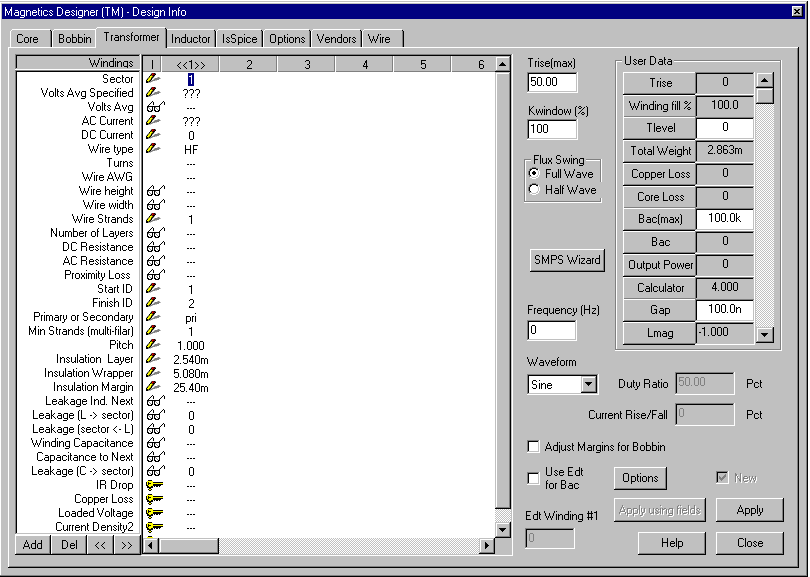Ferrite Core Inductor Software Engineering

Magnetics offers a number of inductor and transformer design tools and literature. Each software package offers a core selection. Ferrite toroid material for. Advantages of using a Powdered iron core for an Inductor. Of the inductor core. Ferrite cores have a high permeability so you need. Software Engineering; Unix.
This application note presents the types of core materials used in power inductors. It also briefly discusses the core saturation, core loss, as well as the Equivalent Series Resistance (ESR).Power inductors come in all shapes and sizes and are made from a variety of core materials. For example, the Coilcraft SLC series uses a gapped ferrite core, whereas the MLC series uses a powder core.
The MVR series is offered in two different materials (the MVRT uses ferrite and the MVRC uses powder).*Core Saturation*All soft magnetic materials require an air gap in the core material in order to withstand the current without core saturation that is required for power applications. Creating a space in the core magnetic flux path gaps ferrite materials. Grinding the gap in one-piece core or placing a non-magnetic spacer between halves of assembled cores achieves these gaps.
On the other hand, powder cores such as powdered iron, have by their very nature miniature air gaps distributed throughout the material. It is typically not necessary to add an actual air gap or space in powder cores.The physical difference in the way the air gap is accomplished helps explain the performance difference. It is easy to imagine that in the powder cores the distribution of a large number of tiny air gaps do not all saturate at exactly the same flux level (applied current), whereas in the ferrite air core gap, saturation does happen in a much more all-at-once fashion.The result is that powder cores have a more gradual saturation characteristic than ferrite. Figure 2 demonstrates the difference. Install Internet Explorer On Ubuntu Using Wine. The curves illustrate how the 0.36 µH MVRC (powder core) inductors saturate. The MVRT (blue curve) stays flat longer, but then drops off more abruptly than the MVRC (red curve). These inductors have exactly the same winding and core size, differing only in the core material.
If the peak inductor current is less than 20 A, the ferrite core is likely to be preferred core choice, whereas the powdered iron core would be preferred at higher peak currents. This is an especially important characteristic in late generation VRM/VRD power supplies with high transient current requirements where inductor current is likely to spike well above the operating waveform.*Core Loss*At first glance, core loss would also seem be a relatively simply characteristic that could be considered as a trade-off against core saturation. The vast (order of magnitude) difference in core loss between different core material types certainly suggests that ferrite would be preferred material to powder cores. If core loss alone were considered, that would certainly be true.*ESR*In order to predict inductor performance it is helpful to have one figure of merit that includes all the losses one figure of merit that includes all the losses, regardless of their physical cause. One useful tool is the Equivalent Series Resistance (ESR), which can be measured directly and includes the effective ac and dc resistances of an inductor.Consider the following ESR curves for the same two MVR series inductor shown above. The curves indicate the total loss does not differ as much as the core loss alone would indicate.
Comments are closed.